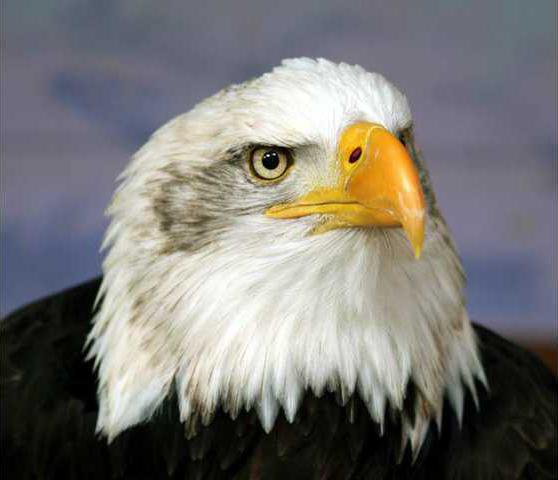FORSYTH — Nearly one-third of Georgia’s 159 counties had bald eagles nesting this year, a count bolstered by steady increases in eagle nests and young across the state.
Georgia Department of Natural Resources aerial surveys in January and late March documented 135 occupied nesting territories, 118 successful nests and 187 young fledged. Each total topped 2009, when the statewide search revealed 128 occupied or active territories, 100 successful nests — those in which young are raised to the point they can fly — and 164 eaglets. Survey leader Jim Ozier, a program manager with the DNR’s Nongame Conservation Section, wondered if unusually cold and wet weather would undercut nesting. "I was somewhat relieved that the relatively harsh winter did not seem to impact production," Ozier said.
Instead, bald eagles are flourishing. Some even nested near landfills this year, possibly — like gulls and vultures — finding a ready food source for scavenging among the trash, the survey leader said. Forty-seven counties had active nests. Coastal counties accounted for the most — 50. Chatham led with 15, but Decatur in southwest Georgia along Lake Seminole followed with 12. Liberty had 10 and McIntosh, eight, Ozier said.
Georgia’s eagle population has been growing gradually for years. The iconic raptors showed a nesting dip only in 2008, a fluctuation that might be attributed to fewer nests discovered or reported instead of an actual decline, Ozier said. He added that better public reporting of nests might be partly responsible for the rising number of nests. The survey leader encourages Georgians to let his office know of any eagle nests they see, by form (www.georgiawildlife.com/node/1322) or phone (478-994-1438).
Bald eagles are one of more than 600 high-priority nongame animals and plants identified in the Georgia Wildlife Action Plan, a strategy guiding conservation efforts statewide. But even though eagles and their nests are big — nests average 5 feet wide — they can be hard to find. Bald eagles typically use the same nests, often built in the tops of tall pine or cypress trees. But each year some established pairs build new ones. If the new nest is near the old, it is usually easy to find, Ozier said. But some nests are much farther away and more difficult to pinpoint.
When eaglets leave the nest, they are the same size as adults but dark brown, almost black. Bald eagles gain the characteristic white head and tail feathers at 4 to 5 years old. Many of the young head north during their first summer, Ozier said. Some return and most of Georgia’s eagles live here year-round.

